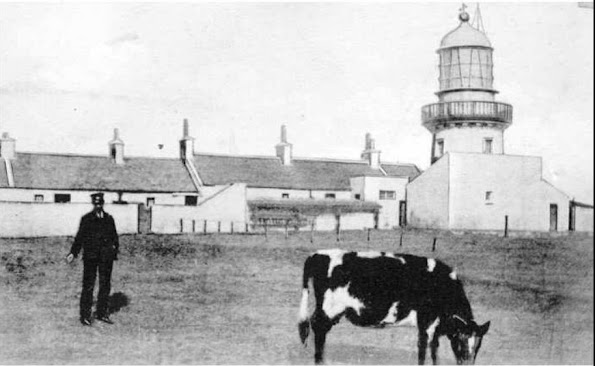The Cursing Stone by Tom Sigafoos

Since I left school, nearly 45 years ago now, I don't think I have ever written a book review. There are a number of reasons for this. Although the advice to writers has always been 'read, read, read,' I don't actually read much. The only books I do read are factual books, mainly involving local history. Another reason is that I have always been suspicious of reviewers and critics. Either they are palsy-walsy with the person they are reviewing, in which case the review is impossibly laudatory; or they are trying to make a name for themselves with a witty turn of phrase or a damning put-down. It breaks my heart to see anyone - musician, author, actor - pilloried in the press by someone who has not the talent nor dedication nor creativity to produce anything original. However, I'm going to make an exception in this instance after coming across Tom Sigafoos's historical novel, The Cursing Stone, which, I believe, contains enough lighthouse content to warrant ...

